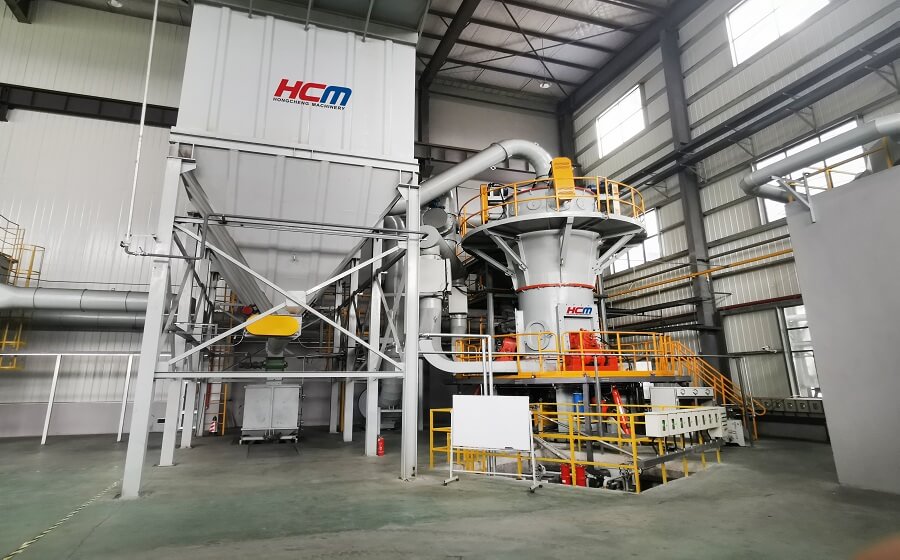The product produced by activated bentonite is active clay, which is a kind of acidic product specially processed and produced by special production process of bentonite. Because of its excellent properties of decolorization, adsorption, catalysis and ion exchange, it is widely used in the decolorization and detoxification of high-quality fatty acids. It can remove aflatoxin in peanut oil. In the process of petroleum refining, it plays the role of decolorization, purification, catalytic fission and aromatics removal. It is also the main filler and carrier of medicine, fertilizer, plastic, rubber, paint, coating, brewing and carbon-free carbon paper, which is extremely widely used. As a bentonite mill manufacturer, our bentonite mill has been widely used in the activated bentonite process.

There are three traditional methods for activating bentonite, namely dry process, semi-dry process and wet process. The following describes the advantages and disadvantages of these three processes:
1, dry process: the dry process is a small amount of acid and bentonite fully mixed, reflected at 100 degrees Celsius for two hours, after drying, coarse grinding, roasting at a certain temperature for several hours, fine grinding to obtain active clay products. This production method has some advantages: short production cycle, less equipment investment, energy saving and water saving, eliminating the discharge of acid-containing sewage, and improving the product yield. Disadvantages: The active clay produced by this method has poor stability and contains a part of free acid, which has a certain impact on the later use.
2, semi-dry process: This production process is to use 5% sulfuric acid solution at a temperature of 200°C-250°C, and maintain 1.5MPa-2.0MPa to activate bentonite for four hours. Because the amount of acid used is less, the water consumption of washing products is less, and the discharge of acid-containing wastewater is also less. However, due to the need for activation operation under high temperature and pressure, the equipment hardware investment is huge. There are certain restrictions on the popularization of this method.
3, wet process: The wet process to make bentonite into active white soil is to mix water, acid, and bentonite in a certain proportion, and reflect for several hours in the reaction kettle at 95 degrees Celsius. The active clay was prepared by washing, dewatering, drying and grinding. The activated clay produced by this process has high stability and strong decolorization power, and is widely used in most activated clay production processes. The disadvantage is that the consumption of acid is large, the water consumption is high, and the environment is polluted.
The above are the three common production processes for the preparation of active clay from bentonite. In the method of activating bentonite, grinding is a very important step. As a bentonite mill manufacturer, we produce Raymond mill, vertical mill and other bentonite mill in the activated bentonite industry has rich experience in equipment selection. If you have related needs, please give us a message:hcmkt@hcmilling.com